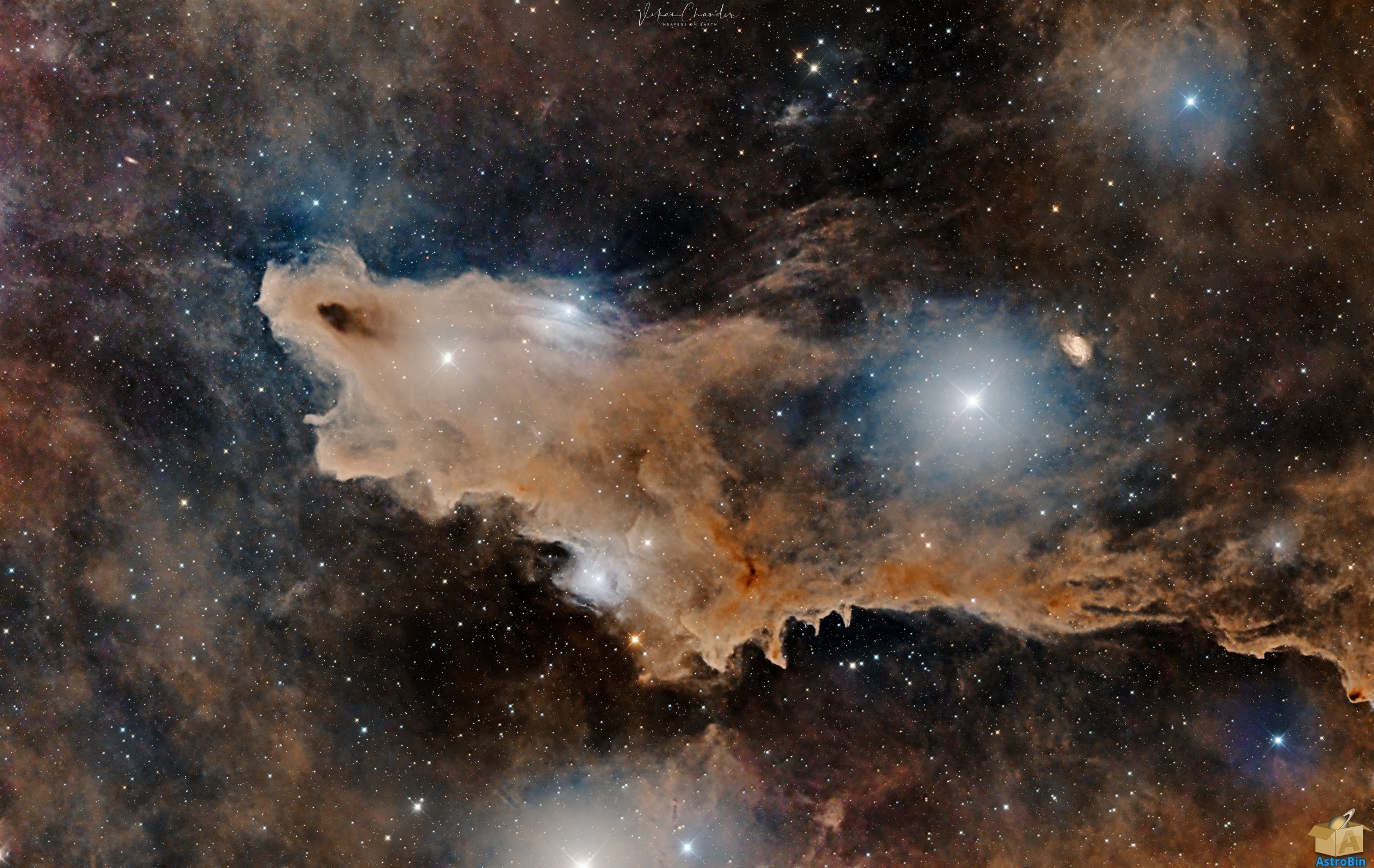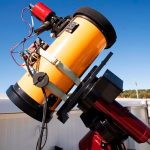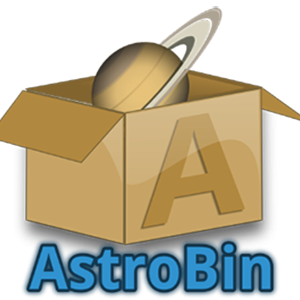Vikas Chander Astrophotography
Of all the different types of objects in space, I find dark nebulae the most intriguing as well as challenging to capture and process. Dark Nebulae, or absorption nebulae are dark clouds of dust in space, sometimes so dense that they block the light emitting from stars behind them. They have been catalogued over the years and the Lynds Dark nebulae catalog or the LDN catalog is quite comprehensive in its entries of dark nebulae. One of the entries in the catalog is LDN 1235 shown here and often referred to as the Shark nebula, given its resemblance to the Chondrichthyes class of the Oxyrinchus species!! The data was collected at Roboscopes from their observatory in Spain which hosts several other telescopes. The E180 is particularly suited for imaging dark nebulae as it can collect a lot of light in very short exposures thanks to its F2.8 aperture. Imaging being done on a one shot color camera presents its own challenges but I feel dark nebulae are well suited to OSC imaging. Luminance data is really not needed to add sharpness and details and nor do these regions benefit from any narrowband data. As the quality of data collected was of a very high standard not much effort was needed to process it in Pixinsight. The image scale was 2.45”/pixel so drizzling the data might have benefited a bit …your thoughts?
© Vikas Chander All rights reserved Copyrights


